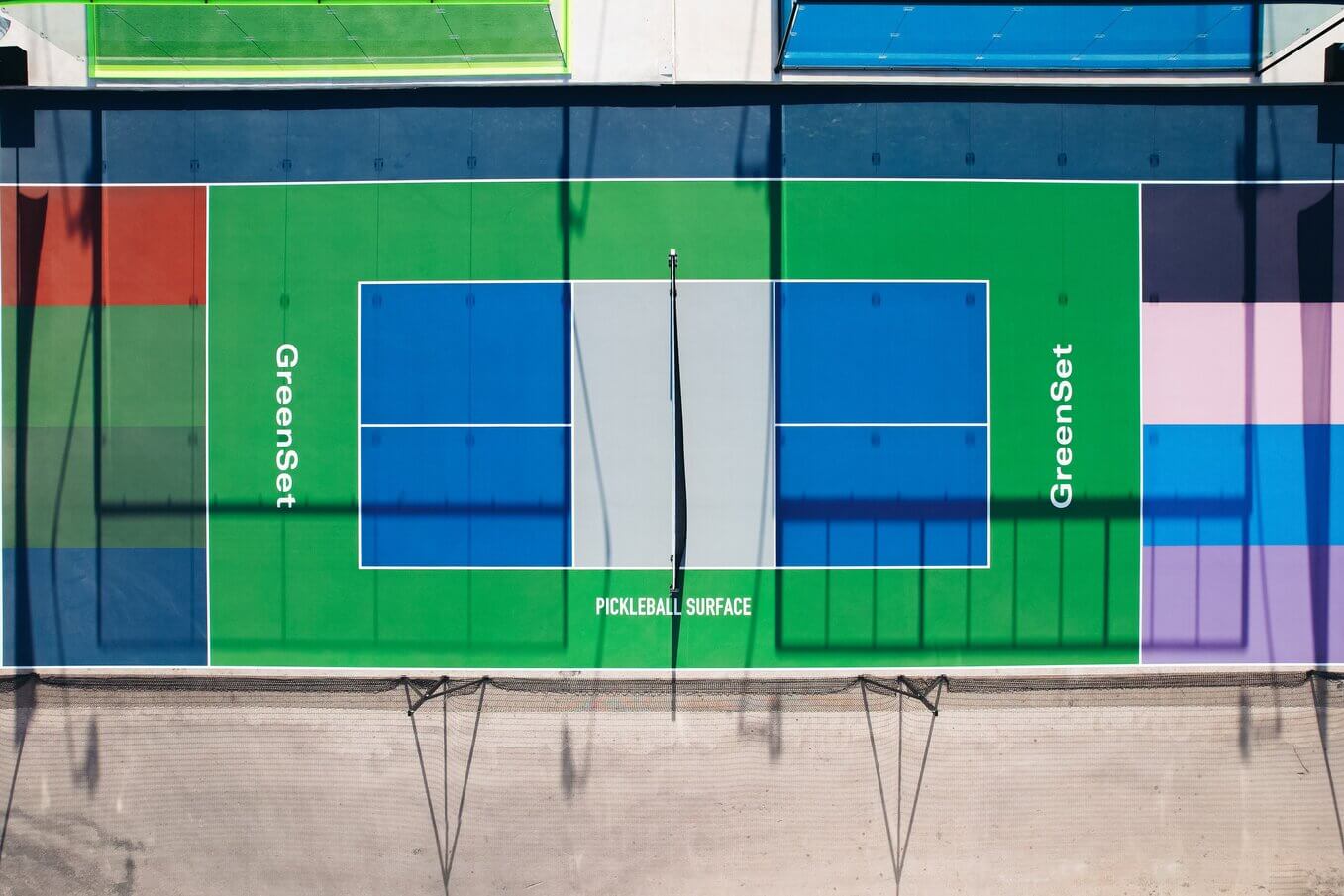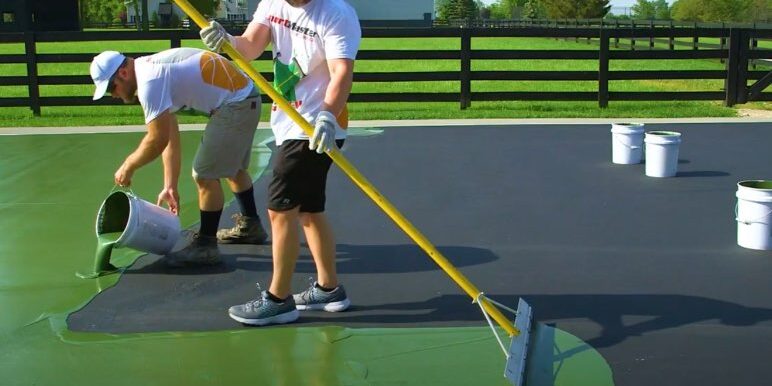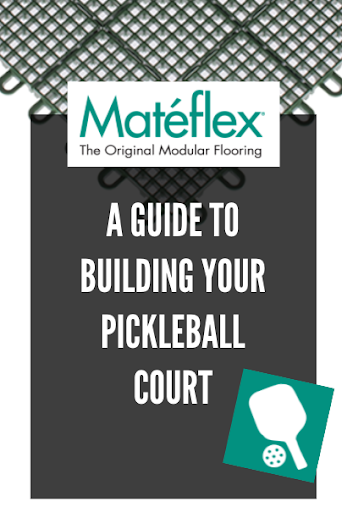Sustainable Practices in Pickleball Court Building You Ought To Know
As the popularity of pickleball proceeds to increase, so also does the need for sustainable techniques in court building and construction. The impact of these methods expands far beyond the court itself.
Selecting Eco-Friendly Products
Picking environment-friendly products is a critical action in the construction of sustainable pickleball courts. The choice of lasting products not just lessens ecological effect however additionally boosts the long life and efficiency of the court. Key materials include reused rubber for the surface area, which offers outstanding longevity and shock absorption while drawing away waste from land fills.
In addition, using in your area sourced materials lowers transport emissions and supports local economic situations. Pickleball court construction. Using native woods for secure fencing and seats can offer a sustainable visual while making sure resilience versus the aspects.
Integrating absorptive products for court foundations can further add to sustainability by permitting for all-natural water drainage and decreasing overflow. These options not only protect local communities but also advertise much healthier play atmospheres.
Efficient Drainage Solutions
While the selection of eco-friendly materials is important, carrying out effective drainage solutions is just as vital for maintaining lasting pickleball courts. Appropriate drainage not only shields the court surface from water damages but additionally reduces disintegration and overflow, advertising environmental integrity.
Reliable drain systems can include permeable paving, which permits water to penetrate the ground as opposed to merging externally. This reduces the chance of standing water, which can bring about mold and mildew and other maintenance problems. Furthermore, integrating tactically put drain networks and swales can guide excess water far from the court area, making sure a dry playing surface area and preventing dirt disintegration.
Making use of indigenous plant life in the landscape design around the courts can additionally enhance drainage by soaking up excess water and minimizing overflow. These plants require much less irrigation and promote biodiversity, aligning with sustainable methods.
Additionally, it is essential to frequently keep the drainage system to ensure its long-term efficiency. This includes clearing particles and monitoring for blockages. By prioritizing effective water drainage options, pickleball court manufacturers can dramatically contribute to the sustainability and durability of the center, eventually benefiting both gamers and the setting.
Energy-Efficient Lights Options
As the need for pickleball proceeds to expand, incorporating energy-efficient lighting choices into court style has actually ended up being significantly essential for sustainability. Typical lighting systems usually consume too much power, adding to greater operational expenses and ecological effect. For that reason, embracing modern, energy-efficient innovations is important for both brand-new building and constructions and renovations.
LED (Light Emitting Diode) illumination sticks out as a leading option as a result of its long life and energy cost savings (Pickleball court construction). Compared to standard lights, LEDs make use of around 75% less energy and can last approximately 25 times longer, significantly reducing upkeep costs. Additionally, the directional nature of LED lighting lessens light contamination, guaranteeing have a peek at this website that lighting is focused on the court instead than surrounding locations.

Sustainable Surface Alternatives
Exploring lasting surface area alternatives for pickleball courts has gotten grip amongst home builders and gamers alike. The focus on eco-friendly materials not only straightens with the growing environmental understanding yet also enhances the efficiency and sturdiness of the courts.
One preferred choice is the use of recycled rubber, which can be sourced from used tires. This material offers outstanding shock absorption, decreasing the danger of injuries for players while promoting sustainability. Additionally, modular floor tiles made from recycled plastics provide an additional sensible alternative. These floor tiles are simple to change and set up, and their adaptability permits different court arrangements.
Natural yard courts are also emerging as a lasting choice, advertising biodiversity and lowering the heat island impact. However, they need normal upkeep and water, which may not line up with all sustainability objectives.

Water Conservation Techniques

Another reliable method entails the setup of rainwater harvesting systems. These systems accumulate and keep rain for use in maintaining court surface areas and landscape design. This technique not only saves potable water however also minimizes reliance on municipal resources.
Furthermore, utilizing drought-resistant landscaping around the courts is necessary. Native plants need much less water and are better adapted to neighborhood climate conditions, therefore lowering overall water usage. In addition, utilizing effective watering systems, such as drip irrigation, makes certain that water is delivered directly to plant origins, minimizing dissipation and waste.
Conclusion
Incorporating lasting methods in pickleball court construction dramatically adds to environmental conservation and resource efficiency. By focusing on these methods, the building of pickleball courts can straighten with more comprehensive environmental objectives while promoting durability and capability within neighborhoods.
As the popularity of pickleball continues to climb, so as well does the requirement for lasting methods in court building and construction.Choosing green materials is an essential action in the construction of sustainable pickleball courts. By focusing on energy-efficient illumination alternatives, pickleball court fitters can add to a more lasting future while satisfying the demands of players and stakeholders alike.Integrating sustainable surface area alternatives not only improves the efficiency of pickleball courts however likewise paves the method for carrying out efficient water conservation techniques.Including lasting methods in pickleball court building dramatically adds to ecological preservation and source efficiency.